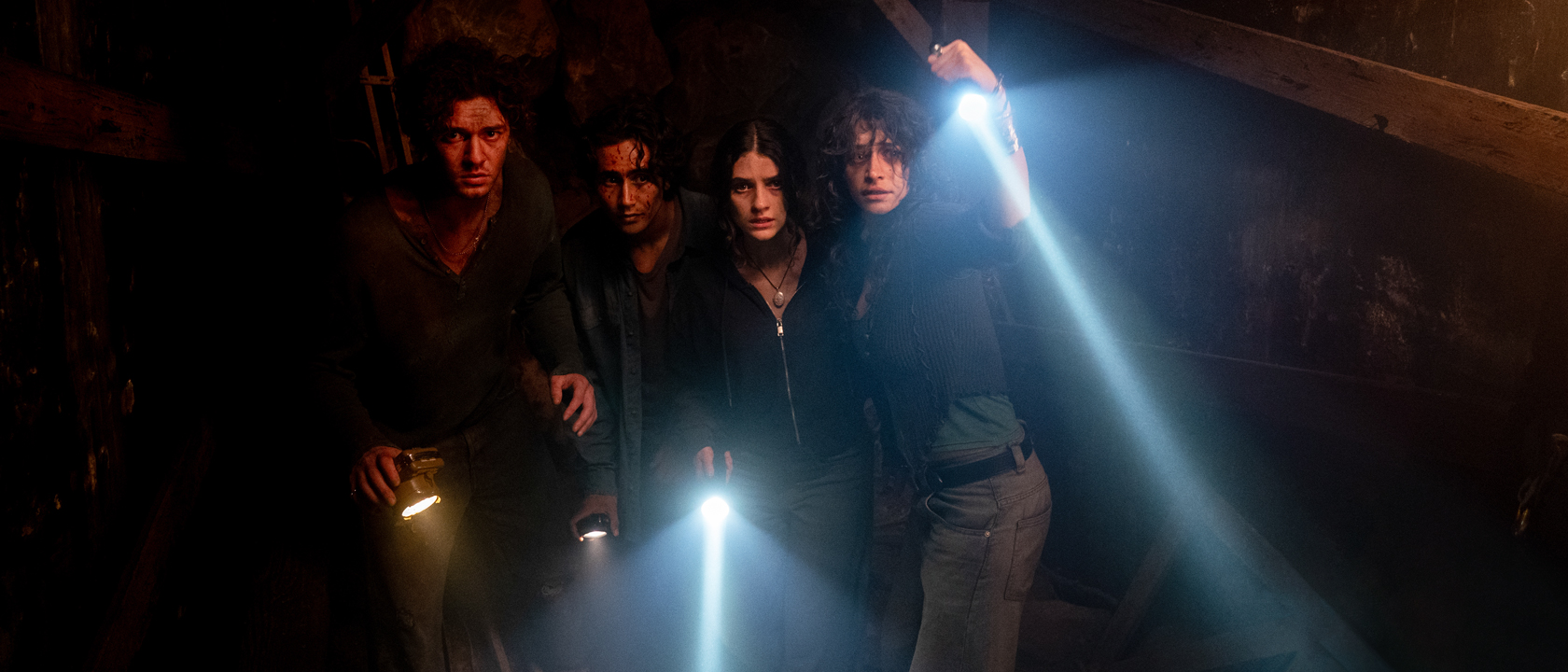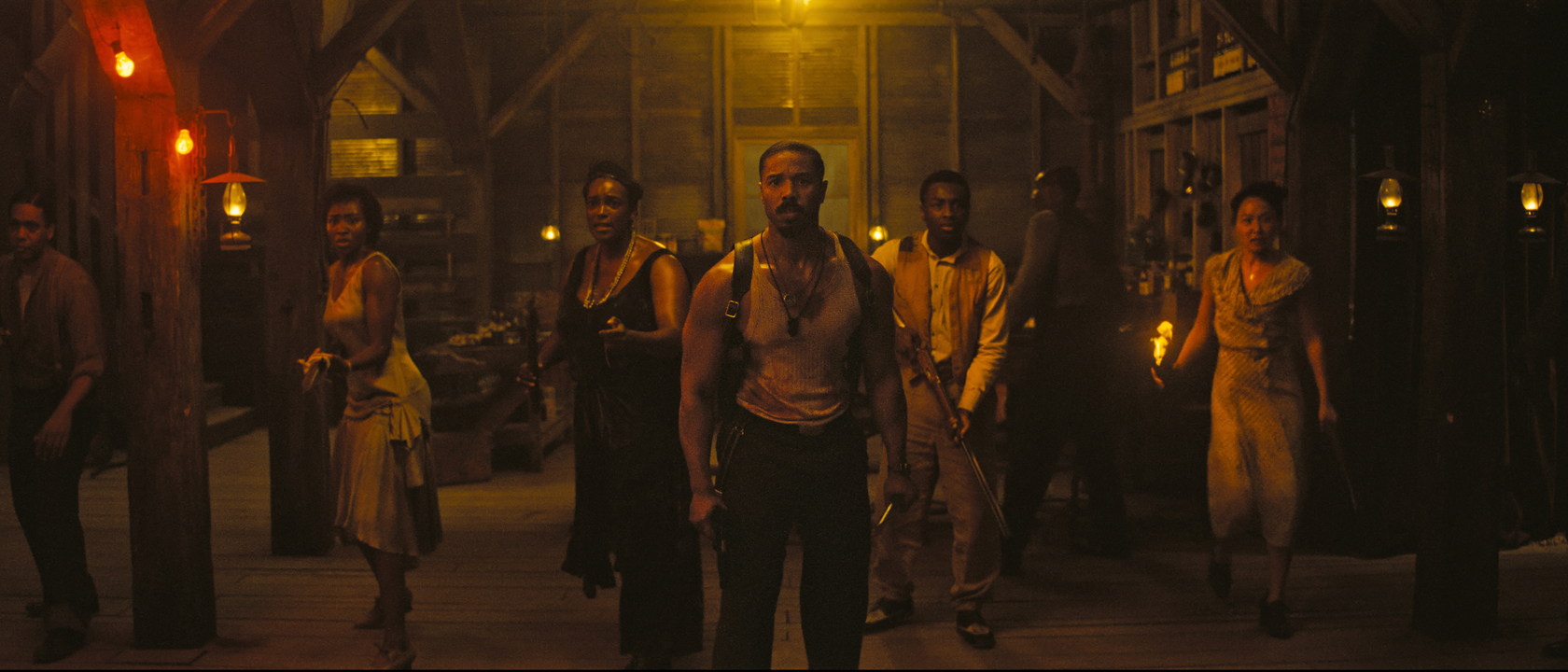I spent a good part of my youth working at a small-town "mom and pop" video store that struggled to survive the onslaught of the Blockbuster juggernaut, and one of the ways it did this was through the rentals of adult films. These films were kept in a private back room for discretion, and I think it would've shocked the town to know how many of their friends and neighbors rented these in the days before the internet brought the business into the mainstream. It never really surprised me, but what did was the extreme popularity of a certain fetish genre: the spanking porn. Did that many people really get turned on by watching women get spanked? Were so many of my neighbors trapped in some pre-adolescent and misogynist sexuality? Not to be too judgmental about it, whatever works for you is fine with me as long as its consensual. Believe it or not, this has a lot to do with the new Michael Winterbottom (no pun intended) film, The Killer Inside Me. This film may be about many things, but it seems mostly about spanking fetishes and the pleasure/revulsion of watching violence being perpetrated against women. I actually read this book back in high school because I was obsessed with Stanley Kubrick and knew that novelist Jim Thompson had contributed to the screenplays for several of his early films. Not to mention that the blurb on the cover of the Vintage crime library edition was a quote from Stanley K himself: "Probably the most chilling and believable first-person story of a criminally warped mind I have ever encountered." Wow. I devoured the book in almost a single sitting (Not too impressive; the book is short).
Thompson's novel tells the story of a small-town deputy sheriff named Lou Ford (Casey Affleck), seemingly a pillar of the community but in actuality a dangerous sociopath who is becoming more and more overtaken by his madness and bloodlust. He also has a taste for violently spanking his women, which is probably the nicest thing he does to them. As the story wears on, reality and fantasy begin to blur, leaving us as unsure of what really happened as Ford himself.
The clever thing about the book is that it's written in the first person. Thompson uses this as many writers before and since have to warp the reader's perception of reality through the use of the "unreliable narrator." The reason the lead character and narrator Lou Ford is unreliable is because he's completely and utterly batshit crazy. The movie version does several things which I found rather questionable. First, it pretty much does away with the first-person narration, and even the first-person perspective. Much of the film is just photographed from an objective point of view. Second, what was slowly understood in the novel -- that Ford is completely batshit crazy -- is pretty damn obvious from the start. Casey Affleck isn't drooling mad, but it's very clear the fella is a "couple of beers short of a six pack." This completely destroys the simple power of the novel, which comes from how easily Ford's folksy charm gets us to side with him in his depraved actions and how we begin to share some of his attitudes about the world. It takes a while before we realize that this guy is much more extreme than we initially realized and begin to back away from him -- FAST. Perhaps Winterbotton felt that Kubrick himself had already done this so effectively in A Clockwork Orange that it was old hat to do it again. Orange was definitely a film on his mind, though. Much of this film still seems to be caught in its icy grip since Winterbottom takes this small-town crime story and renders it as some kind of chilly black comedy. Only it's really not that funny.
It's not funny because Winterbottom decides to make the violence stomach churning. It's actually very well crafted but comes across as shocking because the film itself is so distanced otherwise. Characters aren't meant to be sympathetic but rather merely observed. But the violence is not shown in the same ironic fashion. It's put front and center and is visceral in a way nothing else is in the film. These moments of depravity are like buckets of ice water thrown onto the audience every 30 minutes or so. Some will find these moments disgusting and reject the film completely. Winterbottom has even received criticism for being a misogynist himself. However, I really don't think that's the case.
I think Winterbottom was trying to break the audience's identification with Lou Ford quickly so that we're left with a more unflinchingly true depiction of his "sickness." It's the way he lingers on the violence that makes it controversial. After seeing a woman being beaten for a minute straight, you begin to feel that the film has drifted into the kind of pornography that was so popular at my small-town video store. But I think this was exactly the kind of reaction Winterbottom wanted. What porn films do so simply is not as easy to achieve in narrative film. Porn films by their very nature have to continually stop the narrative (if there is one) in order to indulge in the voyeurism of sexual acts. What Winterbottom does here is to make the audience complicit in Ford's violent acts, much the same way as the book does through its first-person narration. However, he switches modes from the literary to the cinematic by making us experience each violent blow, each bone-crushing kick, over and over again for a longer length of time than we would normally expect. If anyone was sympathetic to Lou Ford before one of these scenes, there's no doubt that they will leave the man behind afterward. This is actually one of those films which would've been made more effective with star casting. Having a strong audience-identification figure like a George Clooney or Tom Hanks playing Lou Ford would've made the first explosion of violence even more shocking and upsetting. Not that it really needs any help.
Ideal casting or not, Casey Affleck gives another strong performance as deputy Sheriff Lou Ford. In fact, the acting is really effective throughout. Even Kate Hudson, who seems initially to be completely miscast, turns out to give a strong and honest performance as Ford's long-suffering schoolteacher fiancée' Amy Stanton. The only really weak spot is Simon Baker as a D.A. trying to put Ford away. He doesn't have quite the presence onscreen to give the character any weight.
The Killer Inside Me is a brutal, cold film noir which takes the audience right to the center of the sick mind that novelist Jim Thompson first burned to paper in 1952. It would be the most literal adaptation of pulp fiction imaginable, if "pulp" meant "beaten to a pulp." Not everyone will find the journey a pleasant one, so this film is recommended with caution. IFC Home Entertainment brings The Killer Inside Me to DVD in Anamorphic Widescreen 2.35:1 and in Dolby Digital 5.1. There are subtitles in English SDH and Spanish. Picture and sound are fine but nothing extraordinary. This is a relatively simple and quiet movie.
Few films could use a Director's Commentary more than this one. This is a film that is so radical in its artistic choices that some discussion by its creator would've been very welcome. But there's nothing of the sort on the DVD, not even in the three making-of featurettes, which are actually just three rather crudely filmed interviews with Affleck, Alba, and Hudson. The DVD is quite bare bones with only the three brief interviews and the film's theatrical trailer being included as extras. This is actually an example where a "Director's Cut" or "Special Edition" would be quite welcome. The film is unusual enough that it may develop a cult following on DVD, so this isn't outside the realm of possibility.
Joe Hendry Reveals How The WWE Snuck Him Into WrestleMania 41 For Randy Orton Match, And Confirms How Seriously They Take Surprise Appearances
Greg's Mom Seemed Like Another Nightmare 90 Day Fiancê Mother-In-Law, But She Changed My Mind
The Last Of Us Season 2 Episode 3 Live Blog: I'm Talking The Aftermath Of Joel's Tragedy, Ellie's Recovery And More











